Growing up in India, Nisha Nair’s experience with schooling was fraught with challenges―teachers emphasized memorization and regurgitation of content over fostering understanding, critical thinking, imagination. Years later, after spending a decade working in the field of marketing communications design, these memories and art-related work opportunities would inform Nisha’s decision to enter the field of art education. In 2005, during a short sabbatical in India, Nisha’s work on a rehabilitation project with children and youth who escaped bonded labor would lead her to pursue a Master’s degree in Art Education.
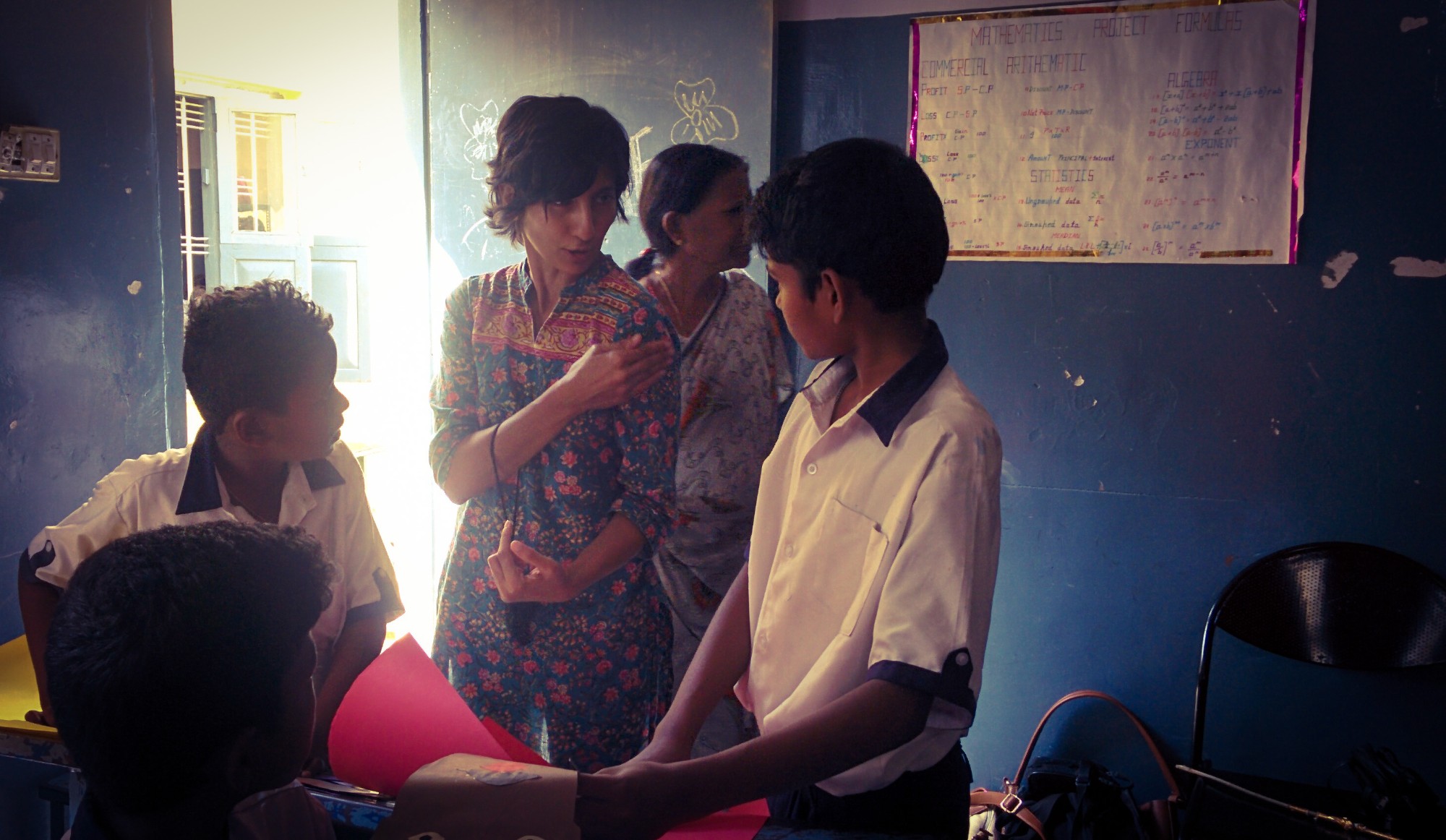
Nisha Nair with students participating in ArtSparks Foundation's program.
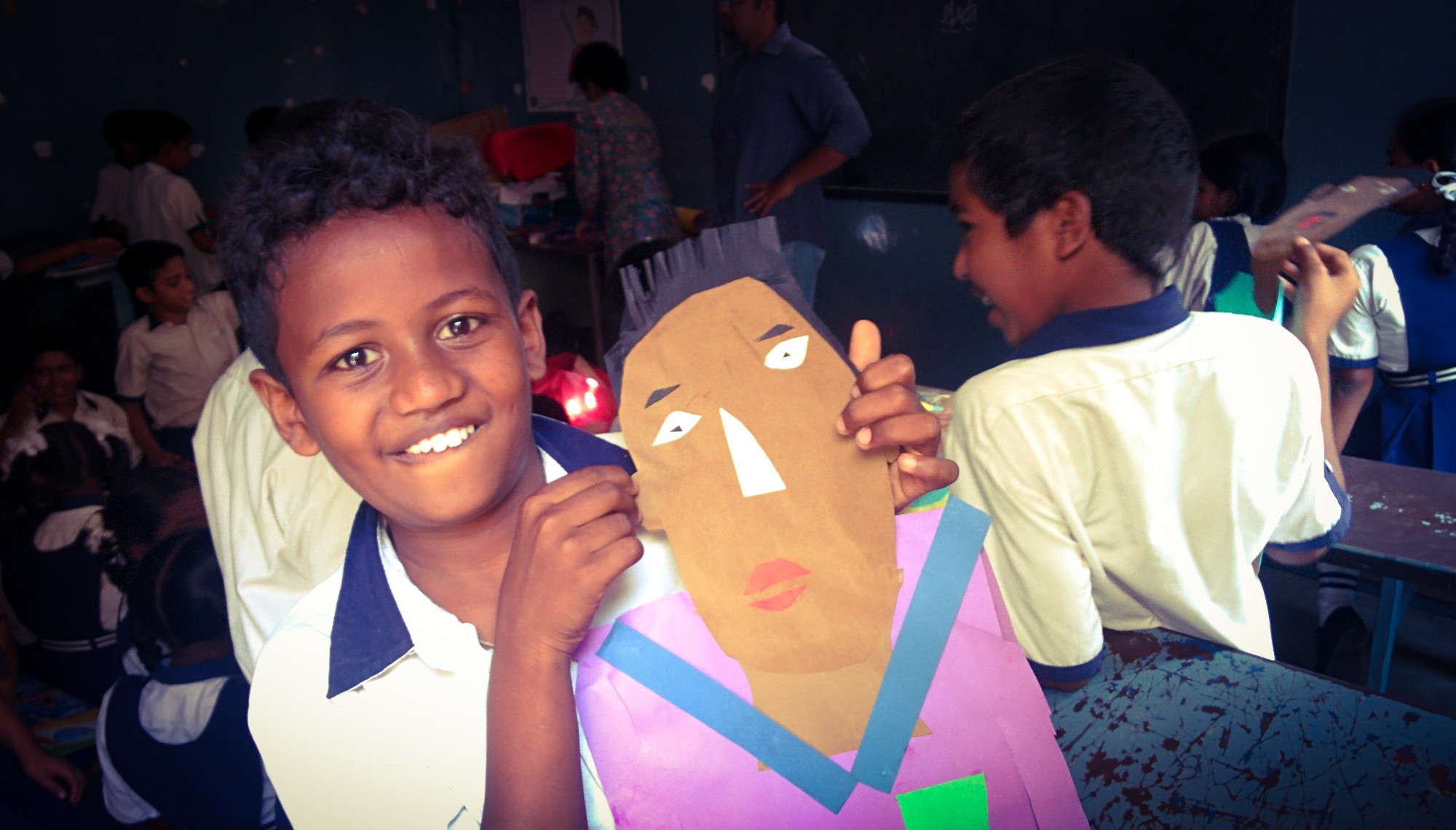
It was when I recognized the immense potential embedded in the visual arts and design to create meaningful learning experiences for children and youth, as well as their potential to effect change. It was what propelled me to leave my career in design, pursue my MA in Art Education at TC, and begin my now over 15 year journey within the field of art education.
In 2015, Nisha founded ArtSparks Foundation, an educational nonprofit organization that supports the development of 21st-century learning and life skills in children from underserved communities through visual art and design. ArtSparks also supports professional development programs for teachers, encouraging them to reflect on their teaching practice and to consider new ways of enriching student learning.
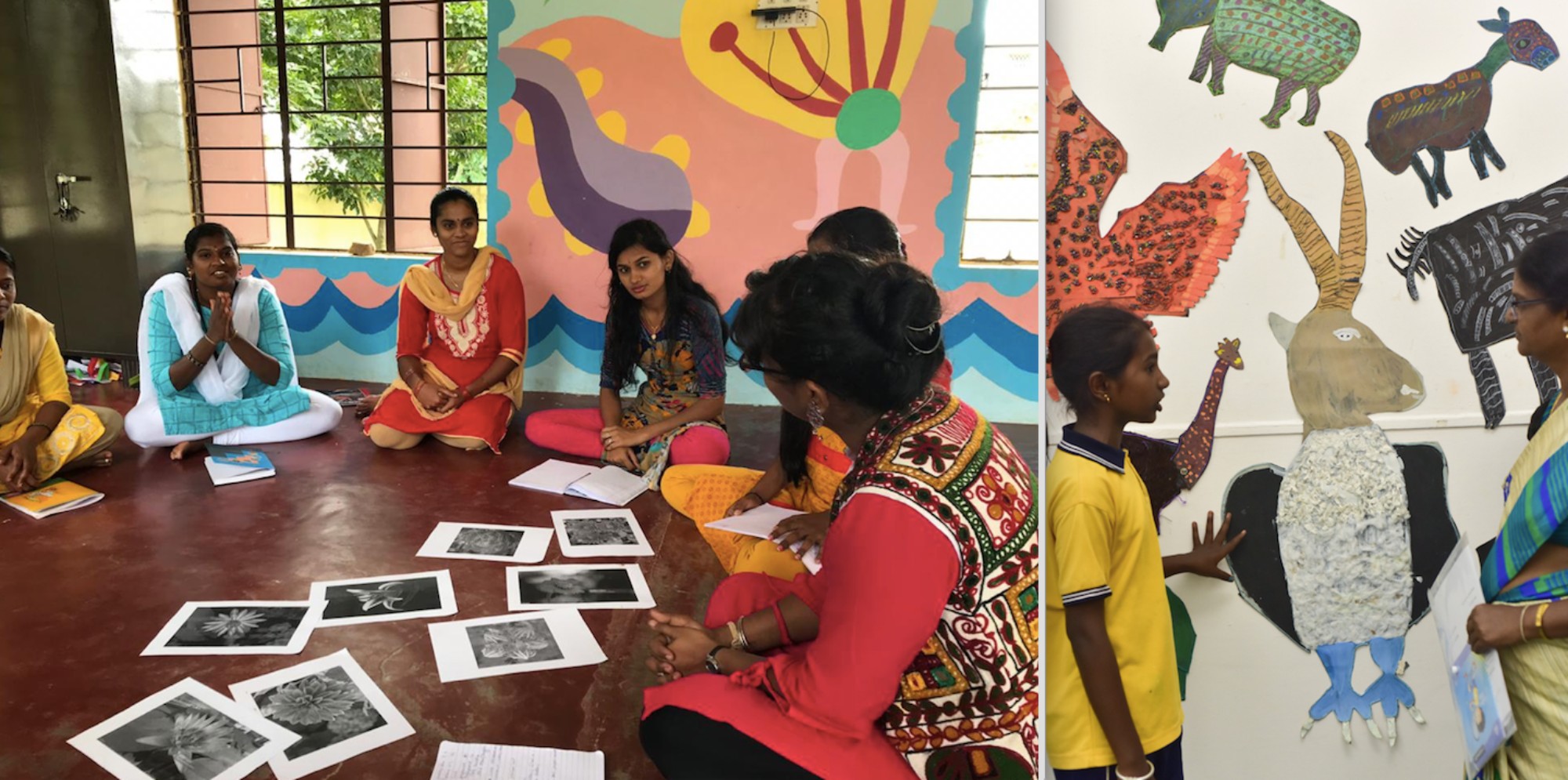
As a Doctoral student in the Art and Art Education program at Teachers College, Nisha’s research “explores the cultivation of grassroots women art facilitators as agents of change within the underserved communities and the role of art in their transformational development.” Building on her experience with ArtSparks, and in the absence of any substantial literature highlighting the role of the visual arts in education in India, Nisha published ArtSparks, a book that chronicles the journey of a group of students in rural India as they participated in an art program offered by ArtSparks Foundation.
The book dismisses the idea that only a few with predisposed talent can and should participate in art making—a narrative that is not too uncommon within the Indian education ecosystem.
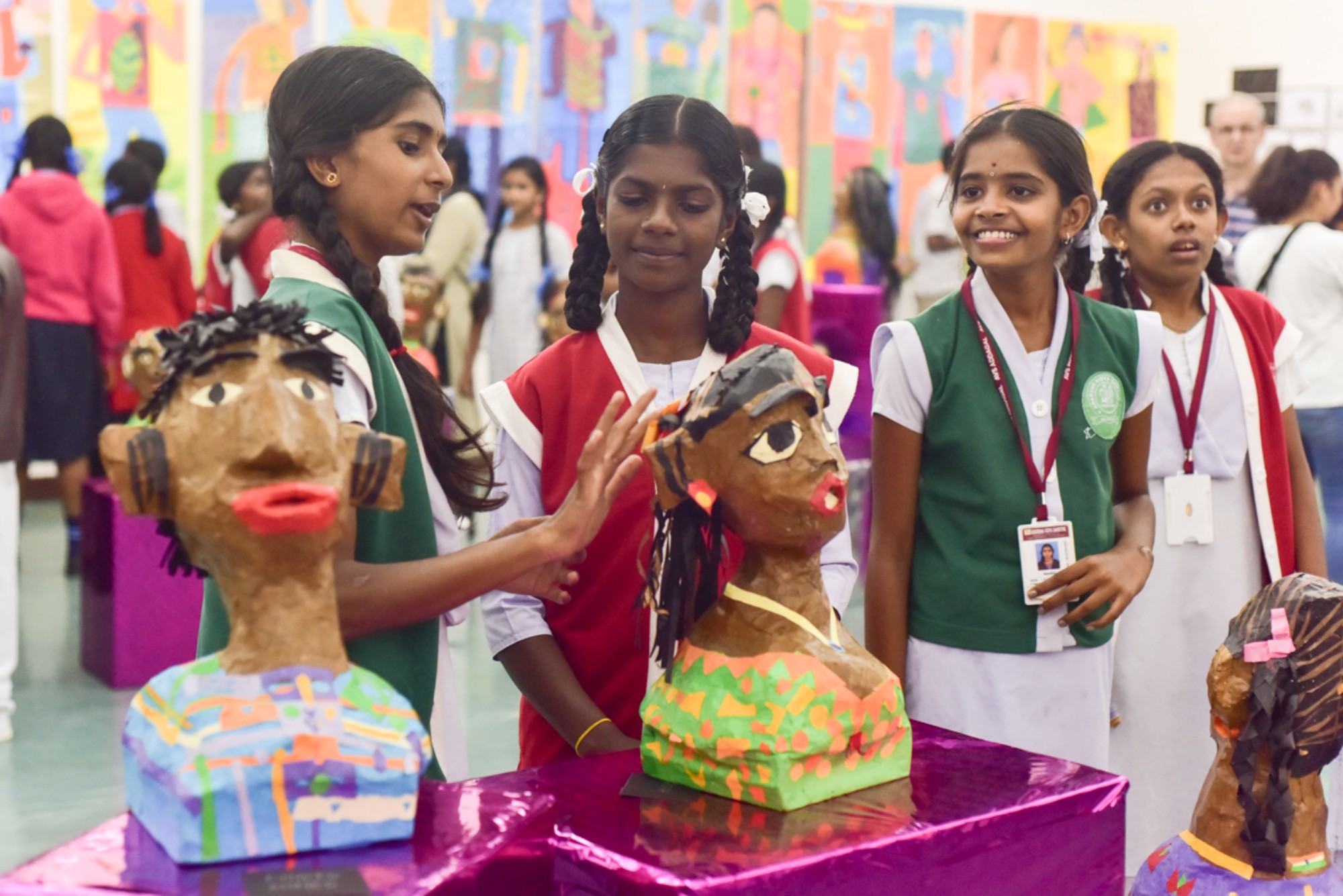
In Nisha's words, "within the context of India, a popular narrative exists that those who participate in the visual arts are those who possess talent. And definitions of talent are often limited to skillful rendering in the visual arts. This problematic narrative colors the way that the visual arts are taught in school. The focus of art education within schools therefore often becomes about teaching skill-based rendering techniques in a very didactic manner. And this approach, in turn, alienates a vast number of children who grow to presume they do not possess this narrowly defined talent."
By emphasizing the importance of the artistic process over artistic skill, ArtSparks offers an alternate view of teaching visual art to children within and outside schools. Through this publication, Nisha seeks to challenge traditional notions of an artist by shifting the focus from the artistic product to the artistic process and artistic behaviors such as problem-solving, flexible thinking, perseverance, and more.
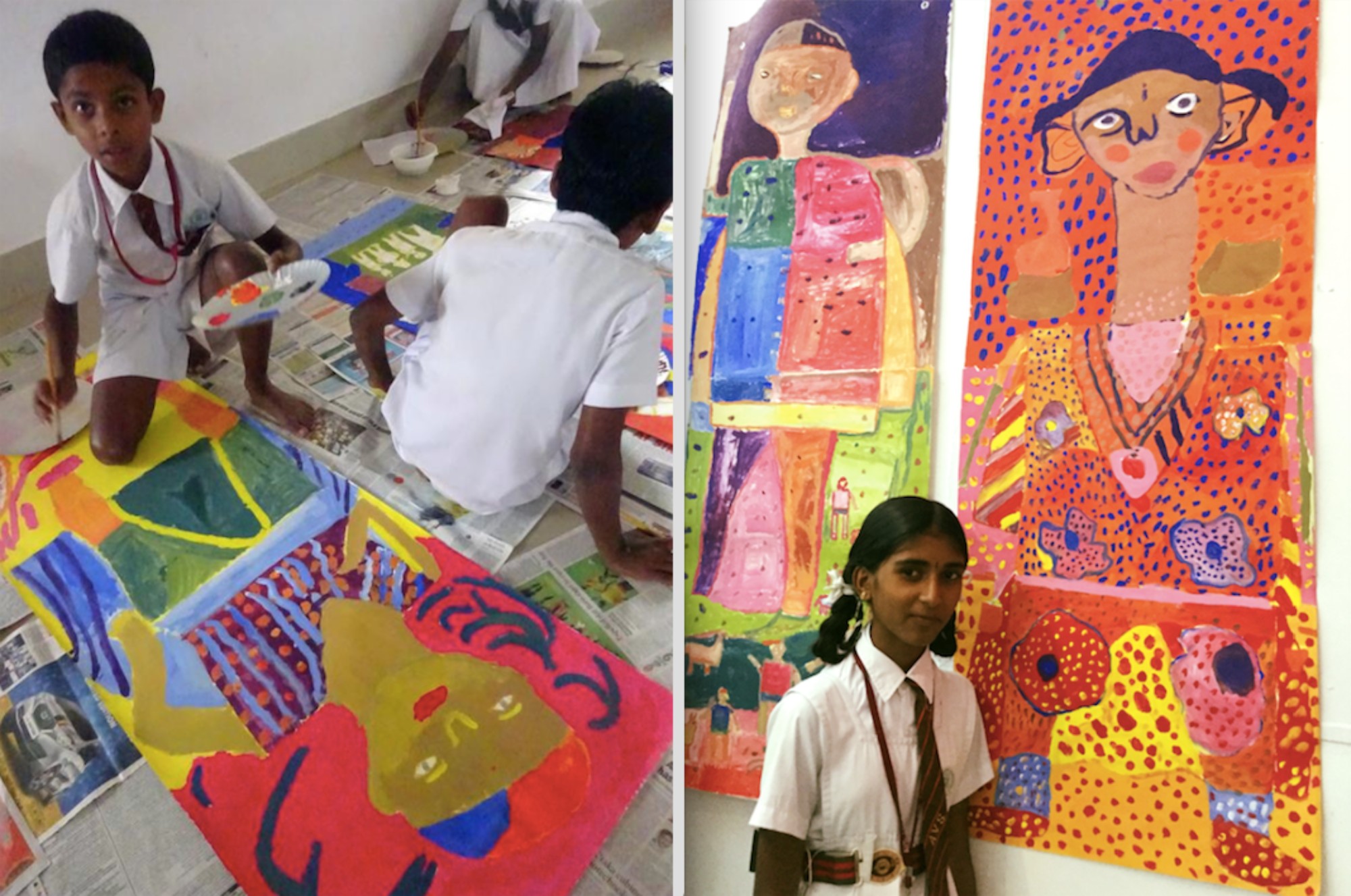
Ultimately, Nisha believes that "children’s interest or lack of interest in art, has much to do with how we teach art. If we teach art in ways that are debilitating to our students, we shouldn’t be surprised by their reticence to participate. However, if we see the art room as a place to nurture children’s natural curiosity, filled with opportunities to investigate materials, generate questions, tinker with and prototype varied solutions, engage in peer discussions and feedback, while leaving sufficient room for personal expression, I have no doubt that all children can and will participate in more engaged ways."
